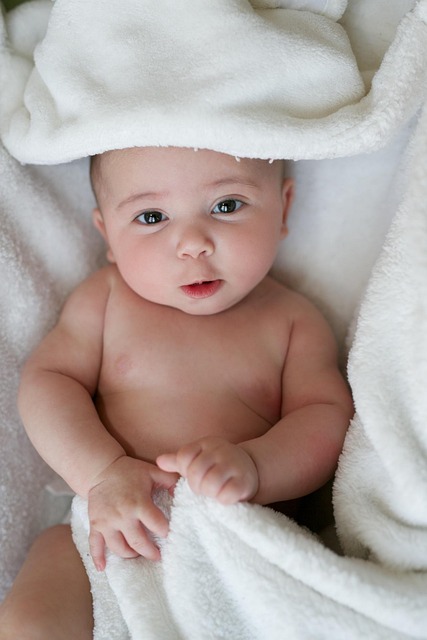In the vast landscape of social media, I often find myself voicing frustrations about the content that fills my Facebook newsfeed. The incessant political debates can be grating, and the endless parade of selfies is exhausting. Yet, nothing compares to the unsettling moment when I stumble upon a familiar face from my past—specifically, an individual who caused me profound harm during my teenage years.
It’s been decades since that incident occurred; thirty years, to be precise. To paint a picture, it was a typical chaotic party hosted by a friend whose parents were away for a week. These gatherings were notorious for their wildness—an abundance of alcohol, and the air thick with the scent of marijuana, reminiscent of the carefree 1980s. Among the partygoers were couples engaging in passionate embraces, and the flurry of youthful exploration was palpable.
At that time, I was a naive and intoxicated teenager, still a virgin, navigating the complexities of adolescence. Despite a tumultuous home life marked by my parents’ bitter divorce and an abusive stepparent, I had managed to preserve my innocence. Unlike many of my peers who sought validation through reckless behavior, I was cautious, believing that emotional walls would shield me from pain.
During the party, I approached my friend, feeling unwell and in need of a place to rest. She kindly directed me to her parents’ bedroom, assuring me I could lie down there as long as I wanted. As I settled in, the memories of that night became hazy, a blurred line between consciousness and intoxication. Eventually, I found myself on the floor, wedged between the bed and wall, when two boys—familiar faces yet not friends—entered the room.
Initially, I thought they were lost, but the door clicked shut behind them. In that moment, a primal instinct triggered, jolting me awake to the reality of my situation. The younger one, whom I’ll refer to as James, called out, “Here she is!” while the other, who I’ll name Mark, stood by the door. I recognized their notorious reputations, but it was too late—my world was about to be irrevocably altered.
What transpired next is a series of fragmented memories. I recall the shock of being forcibly restrained, the confusion as they took control, and the visceral fear that enveloped me. Despite my protests—“No!” and “Stop!”—I felt powerless, the chaotic sounds of the party outside contrasting sharply with my internal turmoil. The vivid images of that night remain etched in my mind: the cheap comforter, the muffled music, and the realization of what they intended to do.
In the aftermath, I struggled silently with the emotional toll. I confided in a friend who dismissed the severity of my experience, suggesting I still retained my virginity. I accepted this notion, burying the incident deep within me, allowing it to fester like an unaddressed wound.
Years later, I encountered James again, a wave of shame washing over me. I grappled with self-blame, questioning if it was my fault for being in that situation. The teenage mindset can be cruel, often justifying the harm inflicted and internalizing the blame.
Today, as I reflect on this experience, I recognize the importance of addressing these uncomfortable truths. It’s vital to create a dialogue around consent, trauma, and healing. Many individuals carry similar burdens, and we must acknowledge their stories.
For those seeking support and information related to family planning and fertility, resources like this article on pregnancy can be invaluable. Additionally, if you’re exploring options for home insemination, check out this guide to cryobaby home intracervical insemination syringe kit combo and this comprehensive baby maker at home insemination kit to stay informed.
In summary, trauma can shape our lives in profound ways, and it’s essential to break the silence surrounding such experiences. By sharing our stories, we can foster understanding and compassion.
Keyphrase: trauma and healing
Tags: [“home insemination kit”, “home insemination syringe”, “self insemination”]
